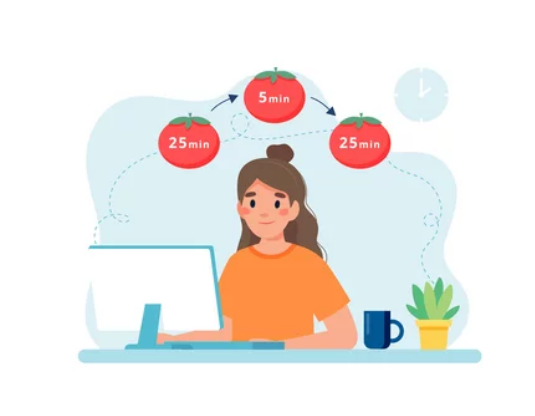Time management is a crucial as a student to master it. The time goes by as a blink of eyes, the assignment, project and exercises keep in coming in the to do list- where none of it being strike off yet. The due date make you more pressure. Besides, you also have to jingling the studies with the curricular activities where also will affect the portion of your time. Things become worst when you intend to procrastinate or distract with social media or games while handling a lot of things in your plate. In the end, you became less focus.
A strory to share, when I was pursuing my doctorate studies a few years ago, I struggled with time management issues. It’s difficult to balance work and study. It’s different from my life on campus as a student; even though I’m involved in many programs as a top committee member, I can still manage my time well. When I reflect, it is because during my studies on campus, we did not get too distracted by gadgets and social media. During my bachelor when it is early year 2000, the social media not yet hype as now. The most distract is a computer game and Movie marathon CD’s.
I confess, the social media did effect my productivity and focus. They unintentionally stole my time. Trying to help myself, I start to searching for the solution in how to become more productive and manage my 24 hours a day effectively and keep the motivation and focus. Surprisingly, the solution to my procrastination problem and completing my work on time and happily involves a tomato and taking more.
Start your task, and then set the timer for 25 minutes. I use my phone instead of a tomato timer. breaks. In an effort to control my distractions and prevent both procrastination with a goldfish attention span and all-night study burnout, I discovered The Pomodoro Technique. This time management method, created in the 1980s by Francesco Cirillo, takes its name from the typical tomato-shaped kitchen timer.
The theory behind the system is that by breaking up your work and breaks into regular, brief intervals, you can prevent feeling overburdened by an impending task and also prevent burnout. Basics are as follows:
- Start your task, and then set the timer for 25 minutes. I use my phone instead of a tomato timer.
- If a diversion occurs, note it down on paper before getting back to your task.
- Put a check mark on your paper when the buzzer goes off. You have finished one increment (also known as a pomodoro).
- Allow yourself a five-minute break. You can check your thoughts for distractions, stretch, grab a cup of tea, and so on.
- Take a thirty-minute break after four pomodoros.
- Repeat!
Try it if you want to learn more about time management and how long a task will take to complete, as well as breaking down your workday into manageable tomato-sized bites. All the best!

